13 Incredible Animals Worth Seeing in Their Natural Habitat
Wildlife is a reminder of the wonder and mystery that exists outside our daily routines. There are certain animals that, once seen in the wild, will forever leave an imprint on your soul. The thrill of spotting a rare or majestic species in its natural surroundings is unlike any other. These moments allow us to connect with the world in a way that is both humbling and awe-inspiring. If you ever get the opportunity, do not miss the chance to see these creatures where they truly belong.
This post may contain affiliate links, which helps keep this content free. Please read our disclosure for more info.
African Elephant
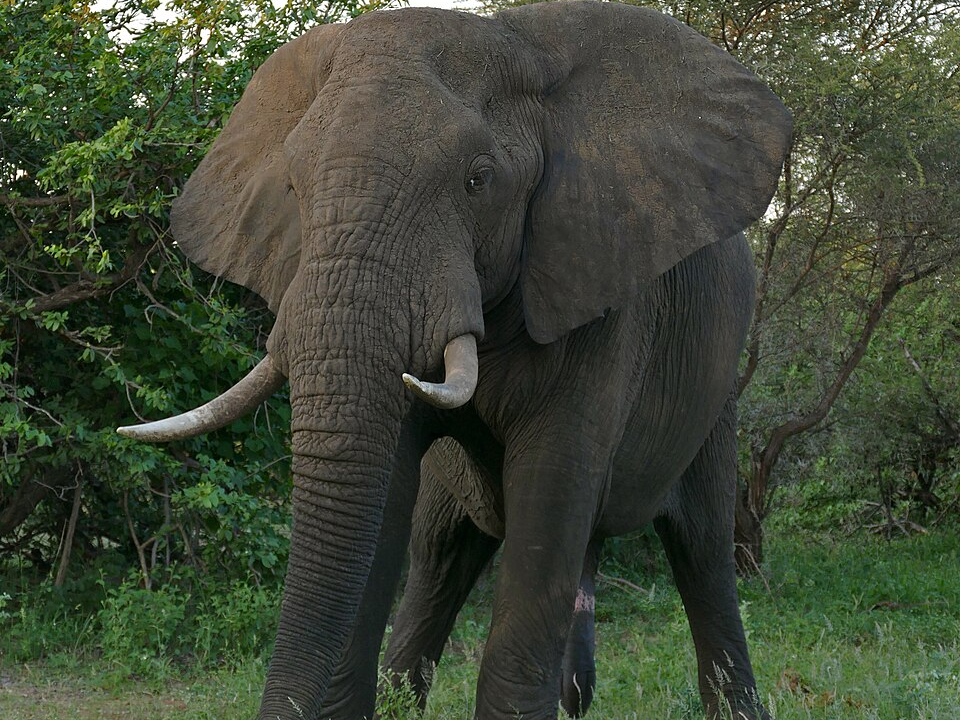
The African elephant is the largest land animal in the world, known for its impressive size and distinct trunk. These majestic creatures are native to the savannas, forests, and deserts across sub-Saharan Africa. Their social structure is complex, with herds led by matriarchs who guide their families through migration and survival. Elephants play a crucial role in maintaining the ecosystem by distributing seeds and creating pathways through the dense forests.
While their numbers have decreased due to poaching and habitat loss, seeing these animals in the wild is a life-changing experience. Botswana, Kenya, and Tanzania offer some of the best opportunities to spot these gentle giants in their natural habitat. Witnessing an elephant up close, as it moves through the grasslands or dips its trunk into a waterhole, is a moment few forget. Their powerful presence serves as a reminder of the fragile nature of wildlife conservation.
Bengal Tiger
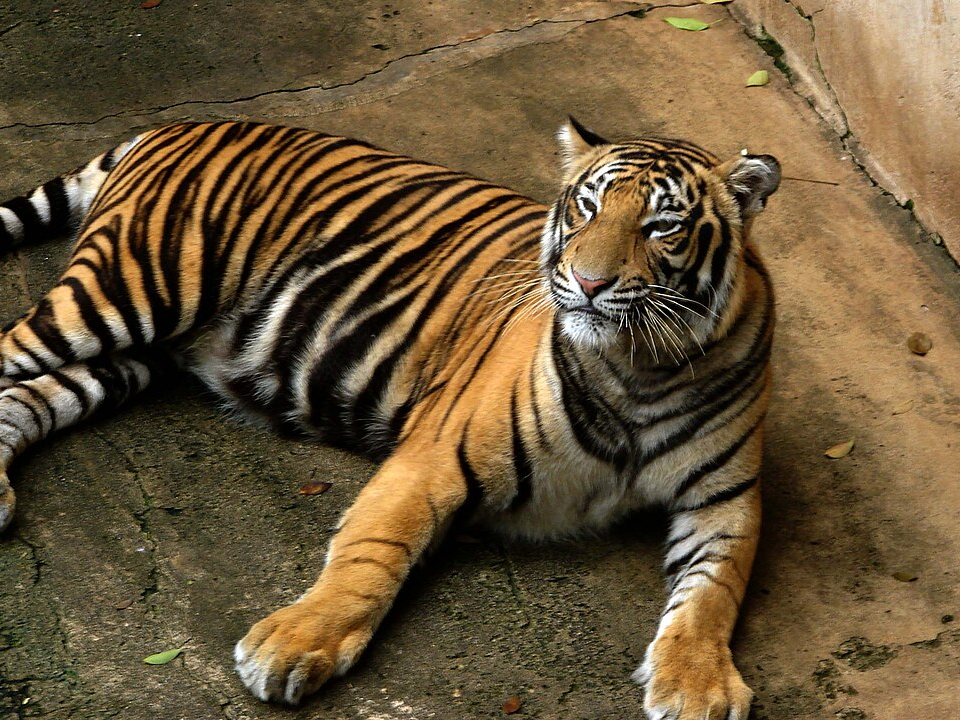
The Bengal tiger, with its striking orange and black striped coat, is one of the most iconic big cats in the world. Native to India, Bangladesh, and Myanmar, they primarily inhabit dense forests and grasslands. Bengal tigers are apex predators, hunting large prey like deer, wild boar, and sometimes even buffalo. Their elusive nature makes sightings in the wild rare and special, often occurring in the remote regions of India’s national parks.
The Sundarbans and Ranthambhore National Park in India are prime locations for tiger watching. These creatures are facing threats from poaching and habitat loss, so seeing one in the wild is a rare privilege. Their beauty and strength are unmatched, and watching a tiger stealthily move through its jungle territory offers a glimpse into the wild world of one of nature’s top predators.
Polar Bear
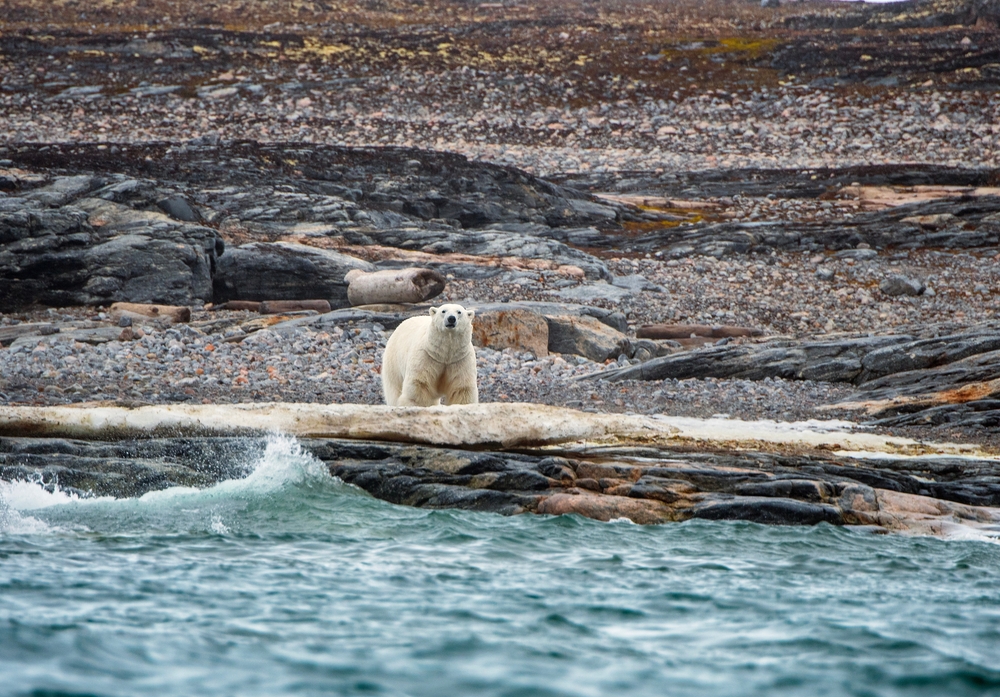
Polar bears are the undisputed kings of the Arctic, with their thick white fur and enormous paws. These powerful carnivores are perfectly adapted to the cold, spending most of their time on sea ice hunting seals. They are found in the Arctic regions of Canada, Alaska, Greenland, and Russia, where they rely on sea ice to travel and hunt for food. Polar bears are incredibly strong swimmers, capable of swimming for hours in search of food or better ice platforms.
As climate change rapidly reduces their icy habitat, seeing these incredible animals in the wild has become a rare and important experience. Churchill, Canada, is known as the “Polar Bear Capital of the World,” where visitors can watch them roam the tundra. Polar bears symbolize the importance of protecting the Arctic environment, making sightings not only memorable but also crucial for future conservation efforts.
Great White Shark
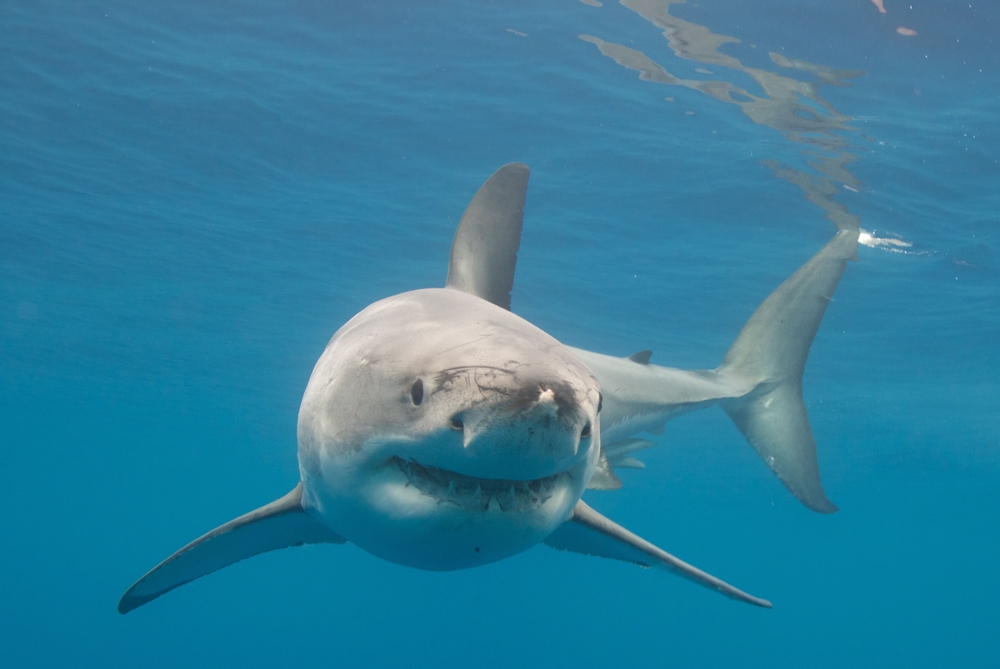
Great white sharks are known for their size and power, with some growing to lengths of over 20 feet. These apex predators are found in coastal surface waters in temperate and sub-tropical regions. Despite their fearsome reputation, they are incredibly important to marine ecosystems, helping to maintain a balance by controlling fish populations. They primarily hunt seals, dolphins, and fish, using their keen sense of smell and speed to catch prey.
South Africa, Australia, and California are some of the best places to observe these incredible sharks. Seeing a great white in its natural habitat while cage diving is an exhilarating experience that offers a rare glimpse into the underwater world. These sharks are often misunderstood, and observing them up close provides insight into their behavior and their role in the ocean’s health.
Mountain Gorilla
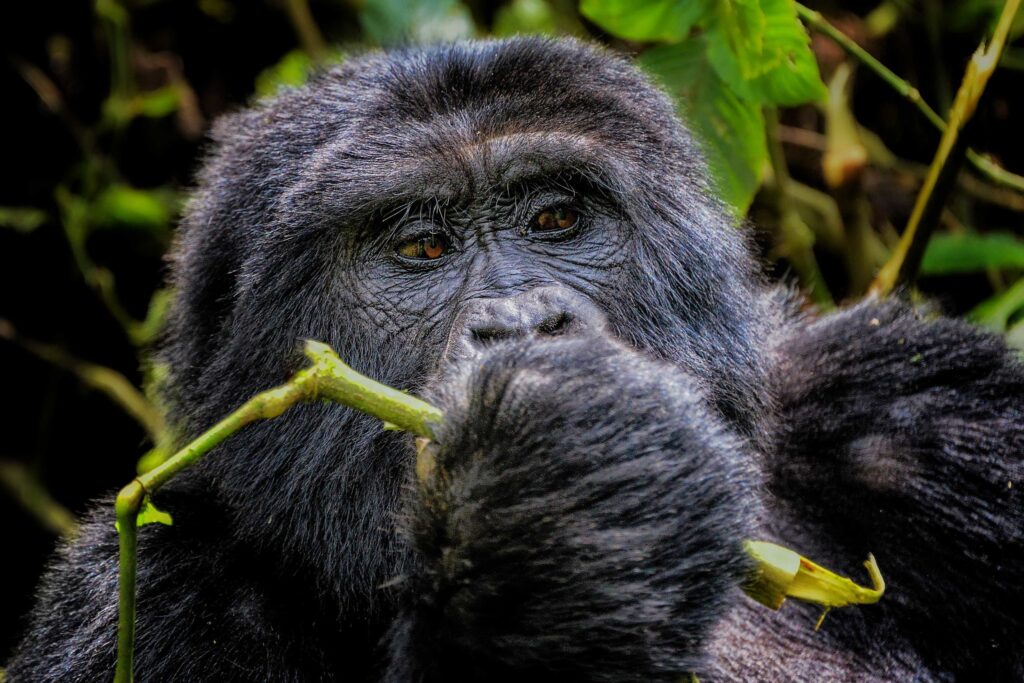
Mountain gorillas are one of the most endangered primates on the planet, with only around 1,000 individuals left in the wild. They live in the misty forests of the Virunga Mountains, which stretch across Rwanda, Uganda, and the Democratic Republic of Congo. Known for their intelligence and social behavior, mountain gorillas live in family groups led by a dominant silverback male. These gorillas are herbivores and spend most of their time foraging for plants and bamboo.
A gorilla trekking experience in Volcanoes National Park in Rwanda is a once-in-a-lifetime opportunity to see these incredible animals up close. The connection between humans and these primates is powerful, and the experience of seeing them interact in their natural environment is truly moving. Conservation efforts in the region have helped stabilize the population, but they remain a symbol of the need to protect our closest relatives in the animal kingdom.
Komodo Dragon
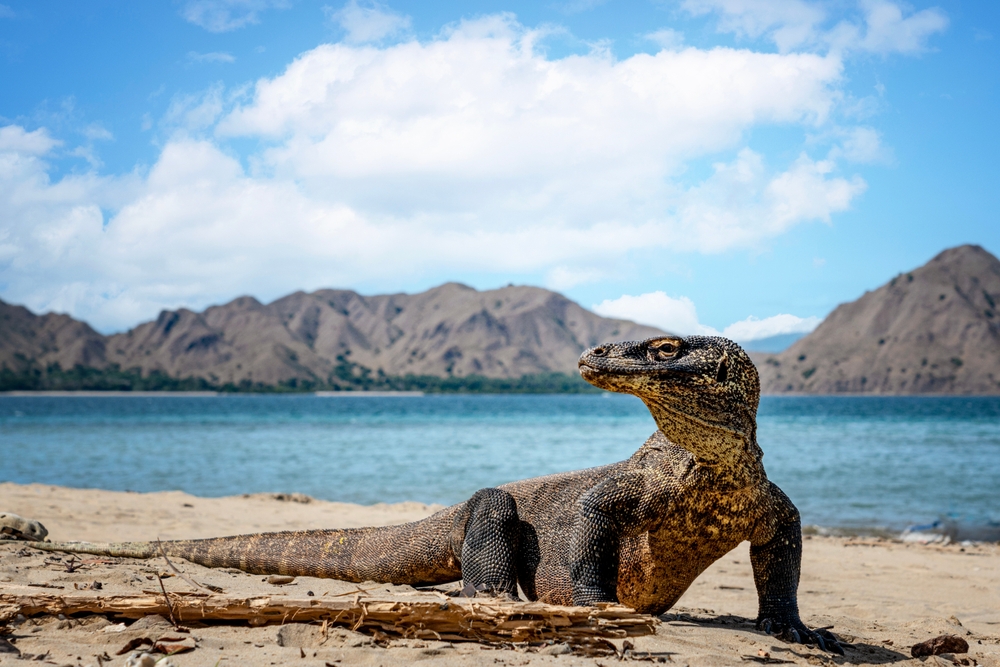
The Komodo dragon is the largest living lizard, capable of growing up to 10 feet long and weighing more than 300 pounds. These formidable predators are found on the islands of Komodo, Rinca, and Flores in Indonesia. Komodo dragons are carnivores, feeding on deer, wild boar, and smaller reptiles. Their saliva contains a mix of bacteria, which helps them bring down prey through infection, though they also use strength and speed to hunt.
Visiting Komodo Island offers the chance to witness these ancient creatures in their native habitat. The island’s harsh, rugged environment is home to only a few thousand dragons, making it one of the most unique wildlife experiences. Watching a Komodo dragon move through its domain is a reminder of the raw power of nature and the deep history of this species, which dates back millions of years.
King Cobra
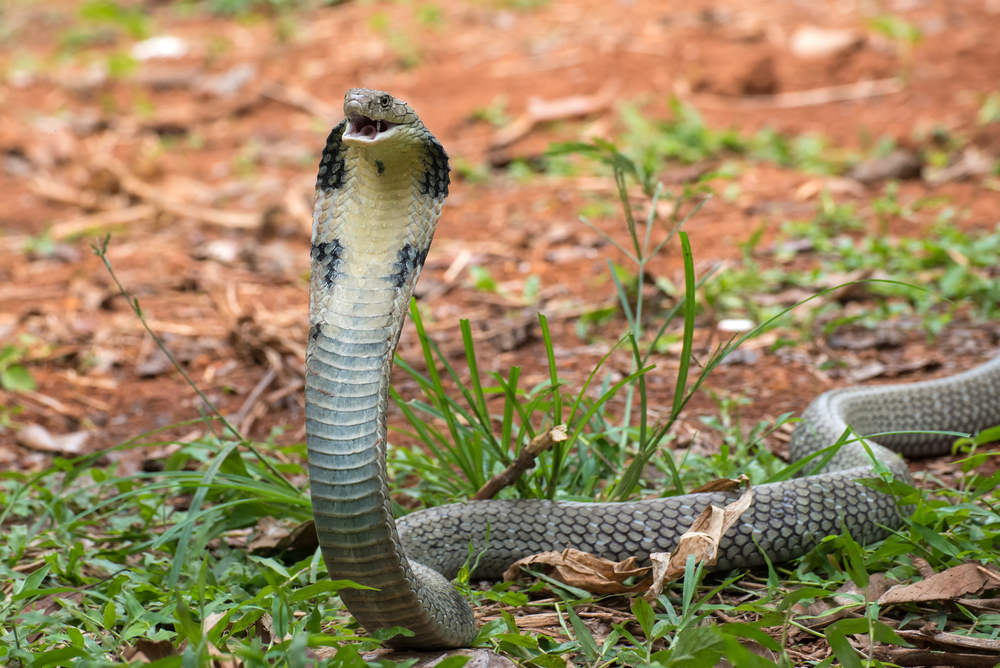
The king cobra is the world’s longest venomous snake, with some individuals growing over 18 feet long. These snakes are found across Southeast Asia, in forests and grasslands, where they prey on other reptiles, including smaller snakes. Known for their intimidating hood and aggressive nature when threatened, king cobras are highly respected in their ecosystems. They are excellent swimmers and are often seen near water sources.
India, Thailand, and Indonesia are some of the top destinations to see these dangerous yet fascinating snakes. Watching a king cobra in the wild is a powerful experience, offering insight into the highly developed instincts and venomous nature of these reptiles. The king cobra’s role in controlling snake populations and maintaining the balance of the ecosystem is vital to the health of the region’s wildlife.
Grey Wolf
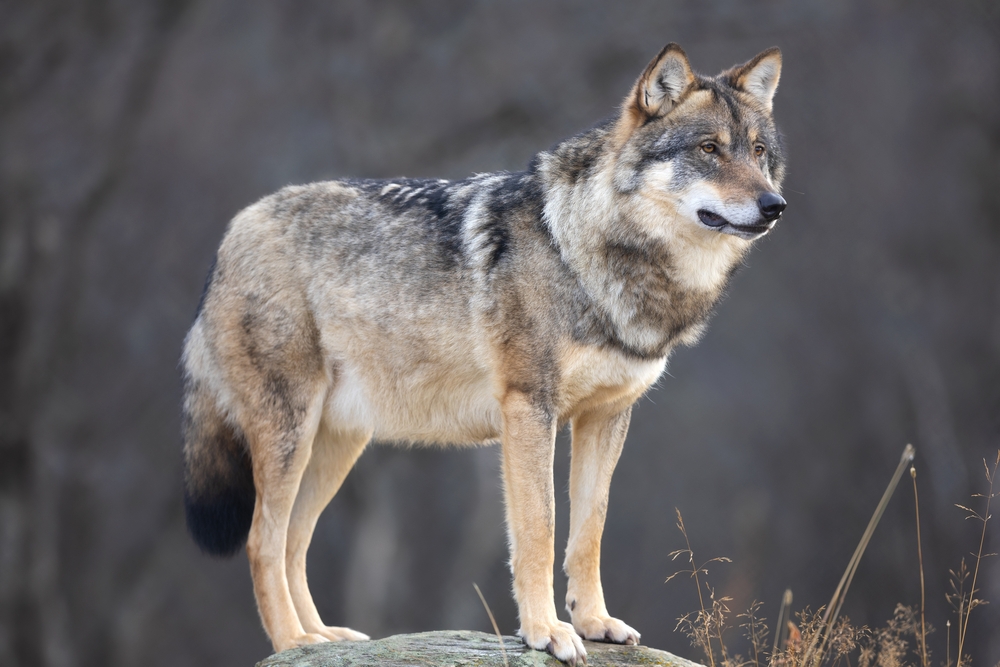
Grey wolves are social animals, living and hunting in packs that are highly coordinated. Found across North America, Europe, and parts of Asia, they are skilled hunters, known for chasing prey such as elk, deer, and bison over long distances. Wolves communicate using vocalizations, body language, and scent marking, creating complex social structures within their packs. Their keen sense of hearing and smell makes them exceptional hunters.
In places like Yellowstone National Park and Alaska, the grey wolf is an emblem of the wild, representing the untamed nature of the wilderness. Seeing wolves hunt or interact in the wild gives visitors a glimpse into the social dynamics of the species. Despite facing threats from habitat loss and hunting, wolves continue to play a critical role in maintaining the health of ecosystems by controlling prey populations.
Snow Leopard
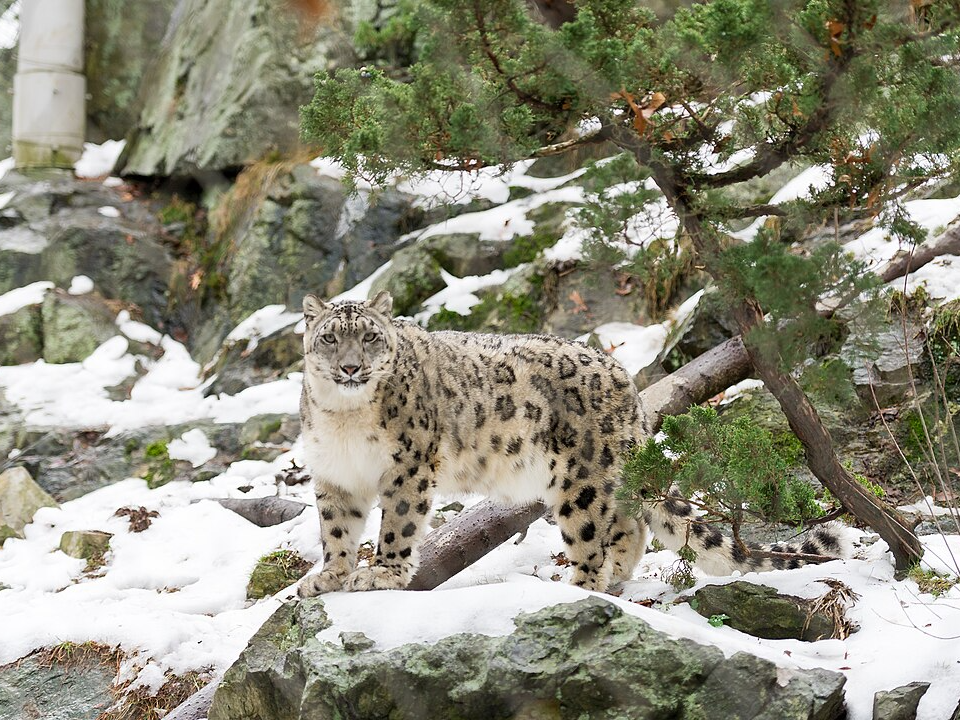
Snow leopards are elusive and beautiful big cats found in the mountainous regions of Central Asia. With their thick, spotted fur and long, bushy tail, they are perfectly adapted to the cold, rugged terrain. These solitary cats primarily hunt mountain goats, sheep, and other large mammals, using their camouflage to remain unseen by both prey and predators. Snow leopards are known for their incredible jumping ability, capable of leaping up to 50 feet in a single bound.
To see a snow leopard in the wild is a rare and magical experience, as they are difficult to find due to their elusive nature. The Himalayas, Mongolia, and parts of northern China offer some of the best opportunities for spotting these cats. Conservation efforts are crucial, as the snow leopard’s population continues to decline due to poaching and habitat loss, making any sighting a treasure for wildlife enthusiasts.
Golden Eagle
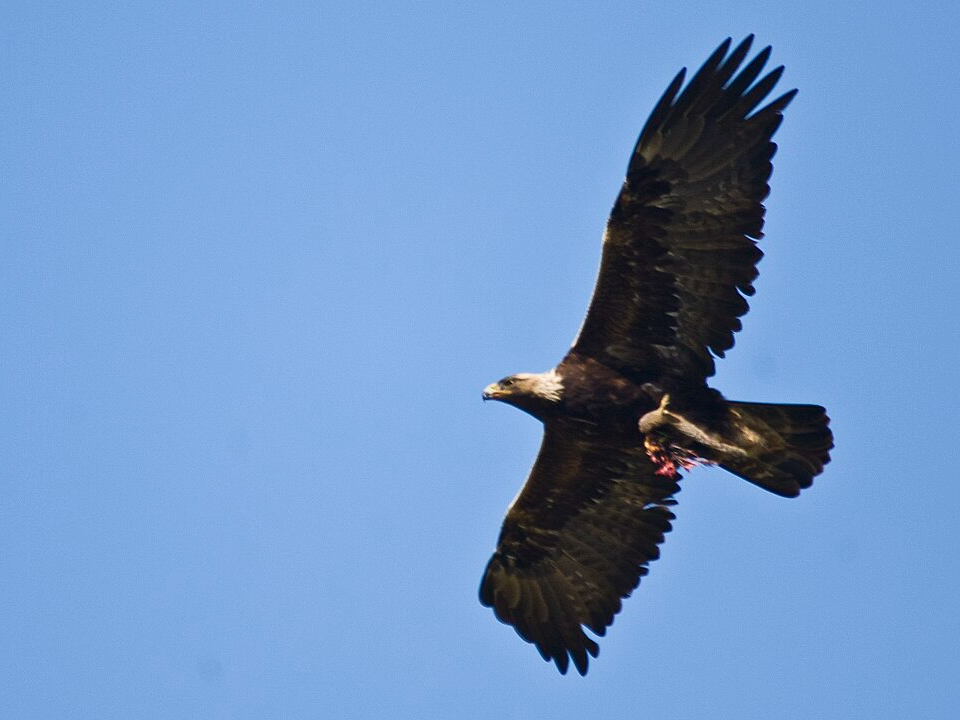
The golden eagle is one of the most powerful birds of prey, with a wingspan reaching up to 7.5 feet. Found across North America, Europe, and Asia, these eagles are skilled hunters, capable of catching prey as large as deer or small foxes. Golden eagles prefer rugged, open habitats, such as mountains, deserts, and cliffs, where they can spot their prey from a high vantage point. Their powerful talons and keen eyesight make them formidable hunters.
In the United States, the best places to see golden eagles are in the western states, including Colorado and Utah. Watching them soar through the sky or spot their prey from high cliffs is a reminder of the eagle’s role in maintaining the balance of the ecosystem. Their majestic flight is often seen as a symbol of freedom and strength in many cultures.
Grizzly Bear
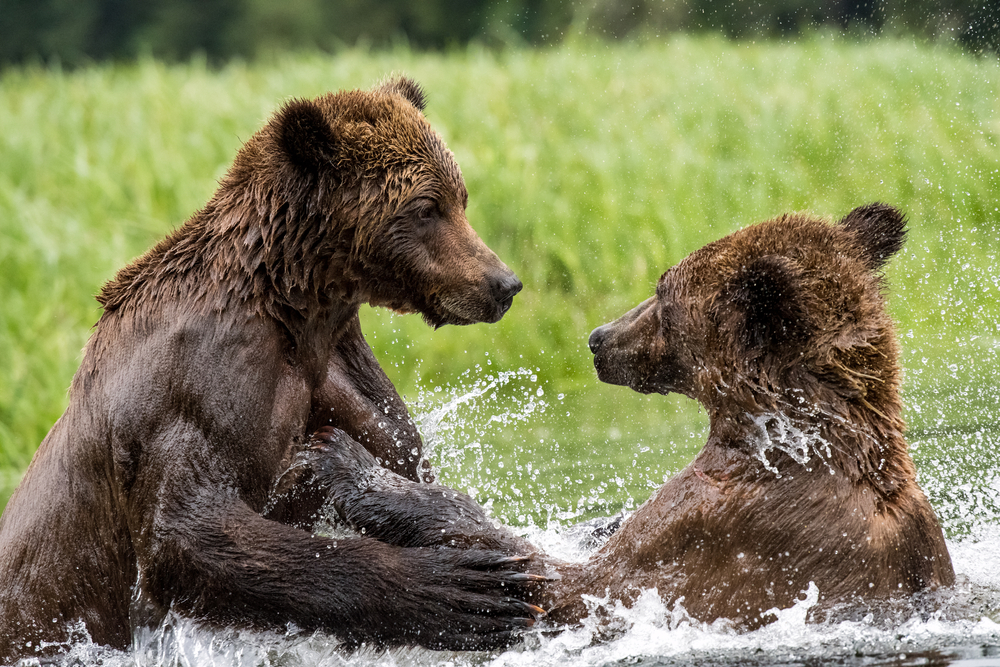
Grizzly bears are one of the most iconic species in North America, known for their massive size and powerful presence. Found in the forests, mountains, and tundras of Alaska, Canada, and parts of the lower 48 U.S. states, grizzly bears are omnivores, with diets that include berries, fish, and small mammals. During the summer, they can often be seen fishing in rivers or foraging for food. Grizzly bears are strong and can run at speeds of up to 35 miles per hour despite their large size.
Yellowstone National Park and Katmai National Park in Alaska are prime locations to spot these powerful animals in the wild. Watching a grizzly bear fishing for salmon or interacting with its cubs is an unforgettable experience. Their role in the ecosystem, particularly in regulating prey populations, is critical to maintaining the health of their habitats.
Orangutan
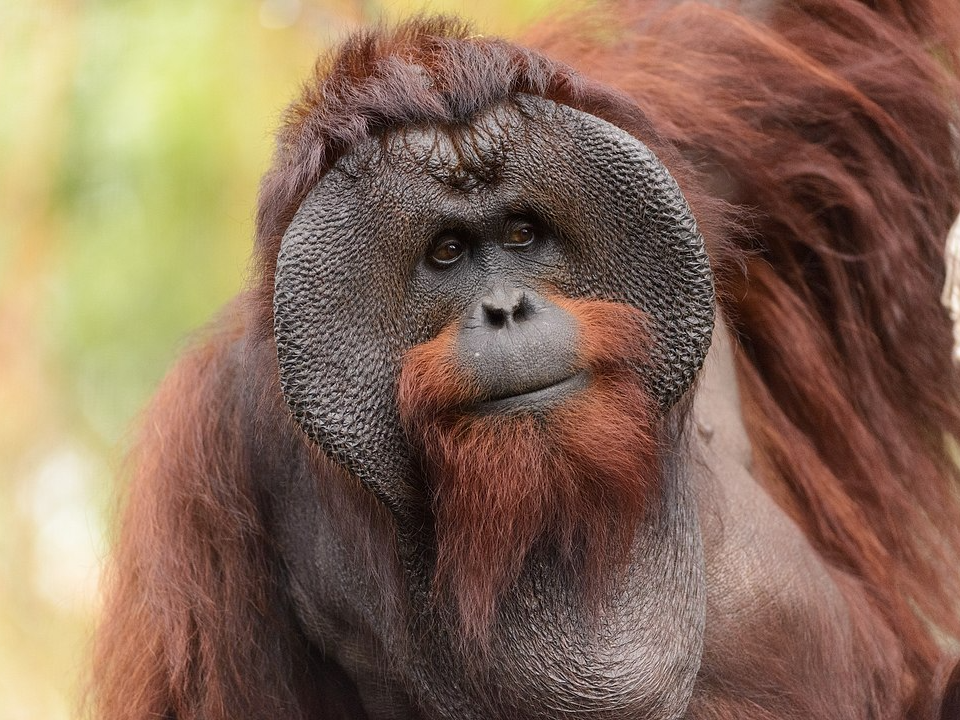
Orangutans are critically endangered primates that are native to the rainforests of Borneo and Sumatra. Known for their intelligence and reddish-brown fur, these great apes spend most of their lives in the treetops, where they build nests and forage for fruits. Orangutans are solitary animals and are at risk due to habitat destruction caused by logging and palm oil plantations. They are one of our closest relatives, sharing about 97% of our DNA.
Borneo and Sumatra’s rainforests are the last remaining strongholds for these amazing animals, and visiting these habitats offers a chance to see orangutans in their natural environment. Watching an orangutan swing through the trees or care for its young provides a window into the complexity of primate behavior. Their declining numbers highlight the need for strong conservation efforts to protect these extraordinary creatures.
Red Panda
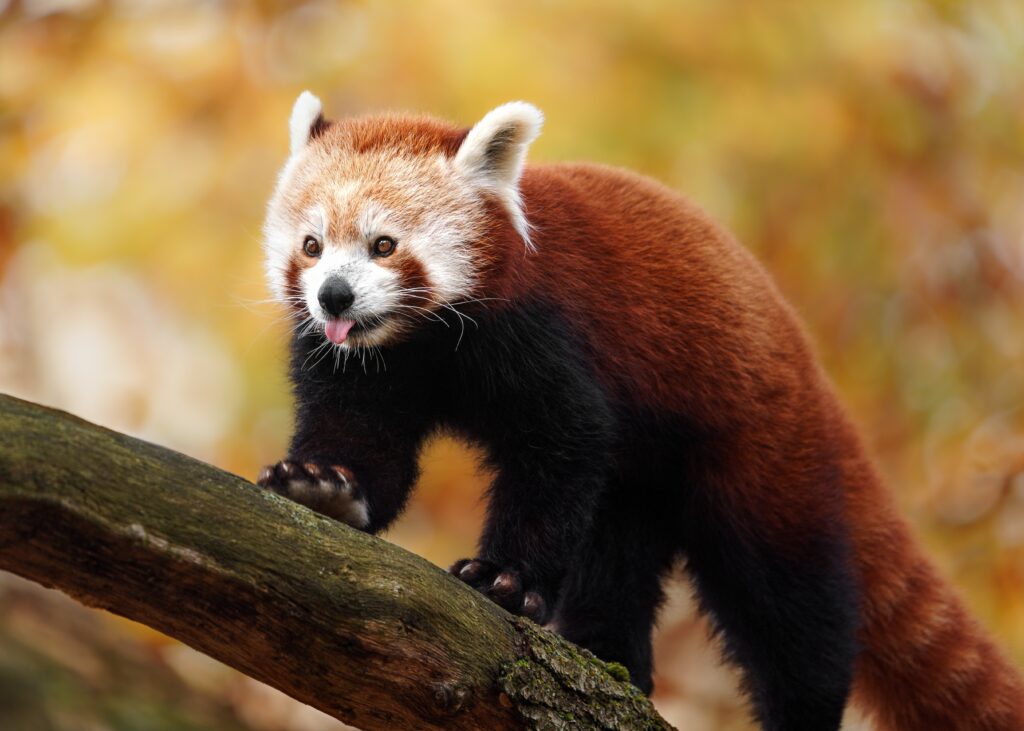
The red panda, with its reddish-brown fur and fluffy tail, is a small but charming creature native to the eastern Himalayas. These nocturnal and herbivorous animals are excellent climbers, spending most of their time in trees. Red pandas are known for their playful behavior and can often be seen rolling in the leaves or chasing each other in the wild. They primarily feed on bamboo, but their diet also includes fruits, acorns, and small insects.
Nepal, Bhutan, and northern India are some of the best places to see red pandas in their natural habitat. These animals are often elusive, making sightings rare and special. Conservation efforts are critical to the survival of the species, as habitat destruction and poaching continue to threaten their populations. Red pandas are an endearing reminder of the wild’s delicate balance and the importance of preserving it.
This article originally appeared on Avocadu.
